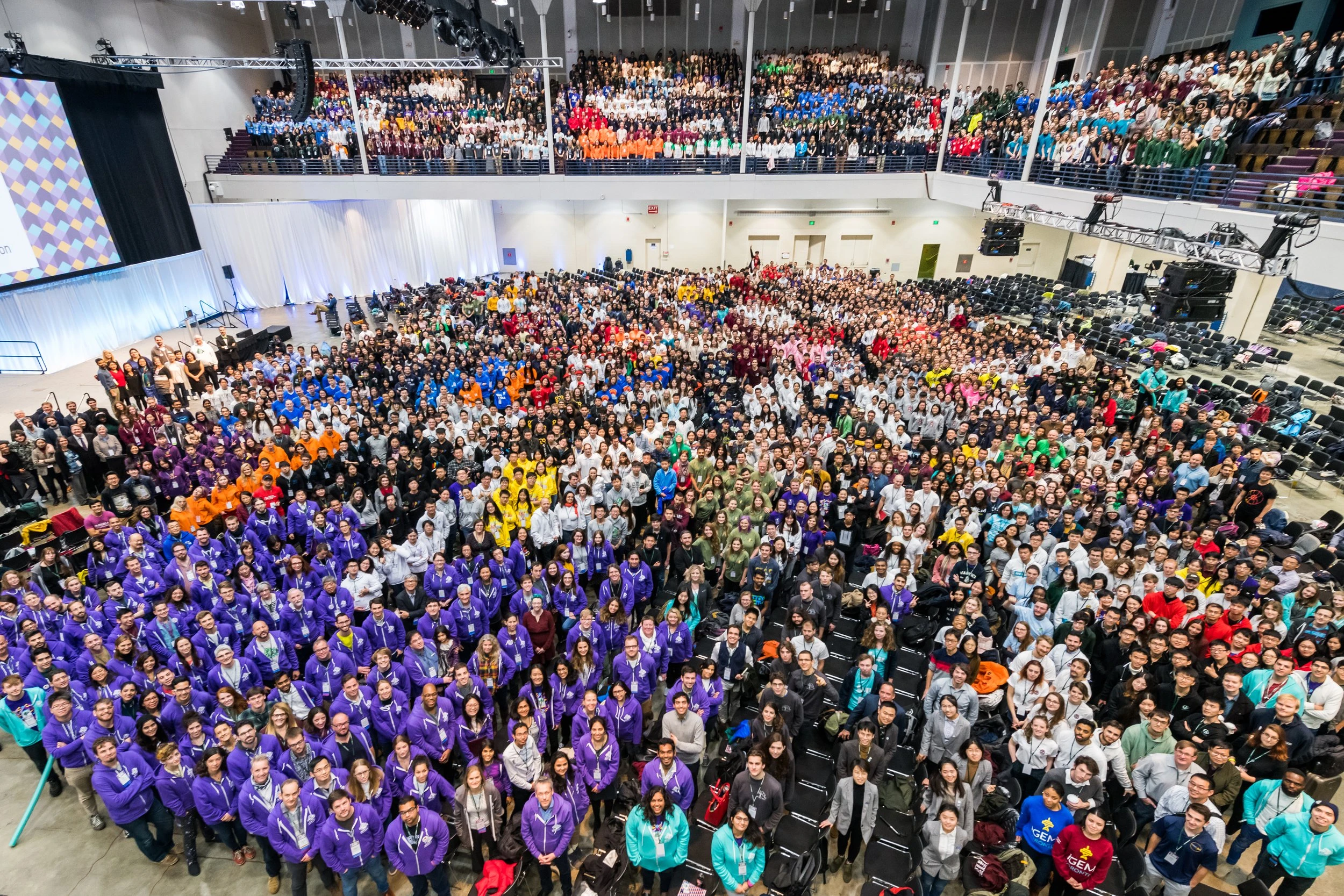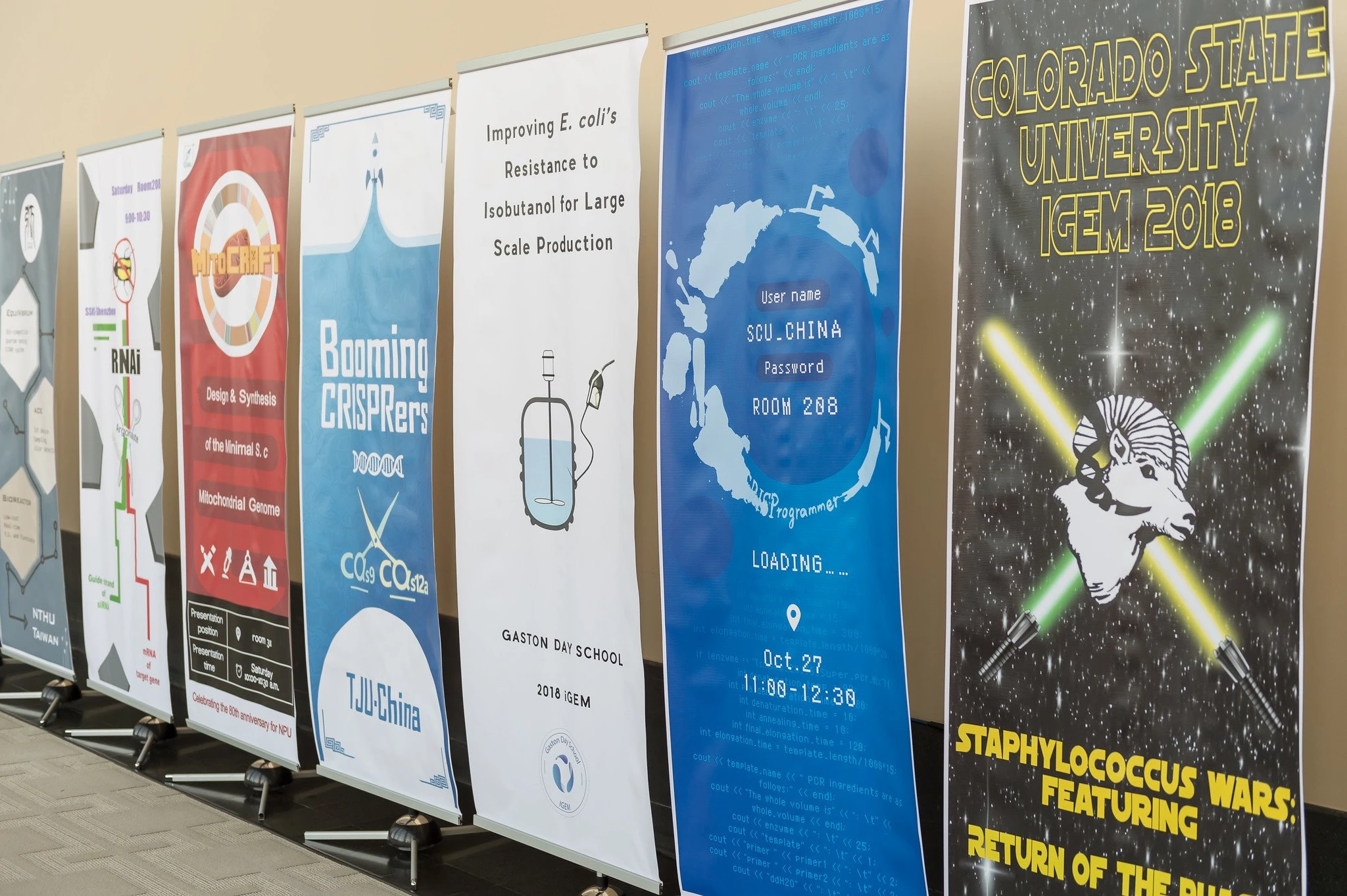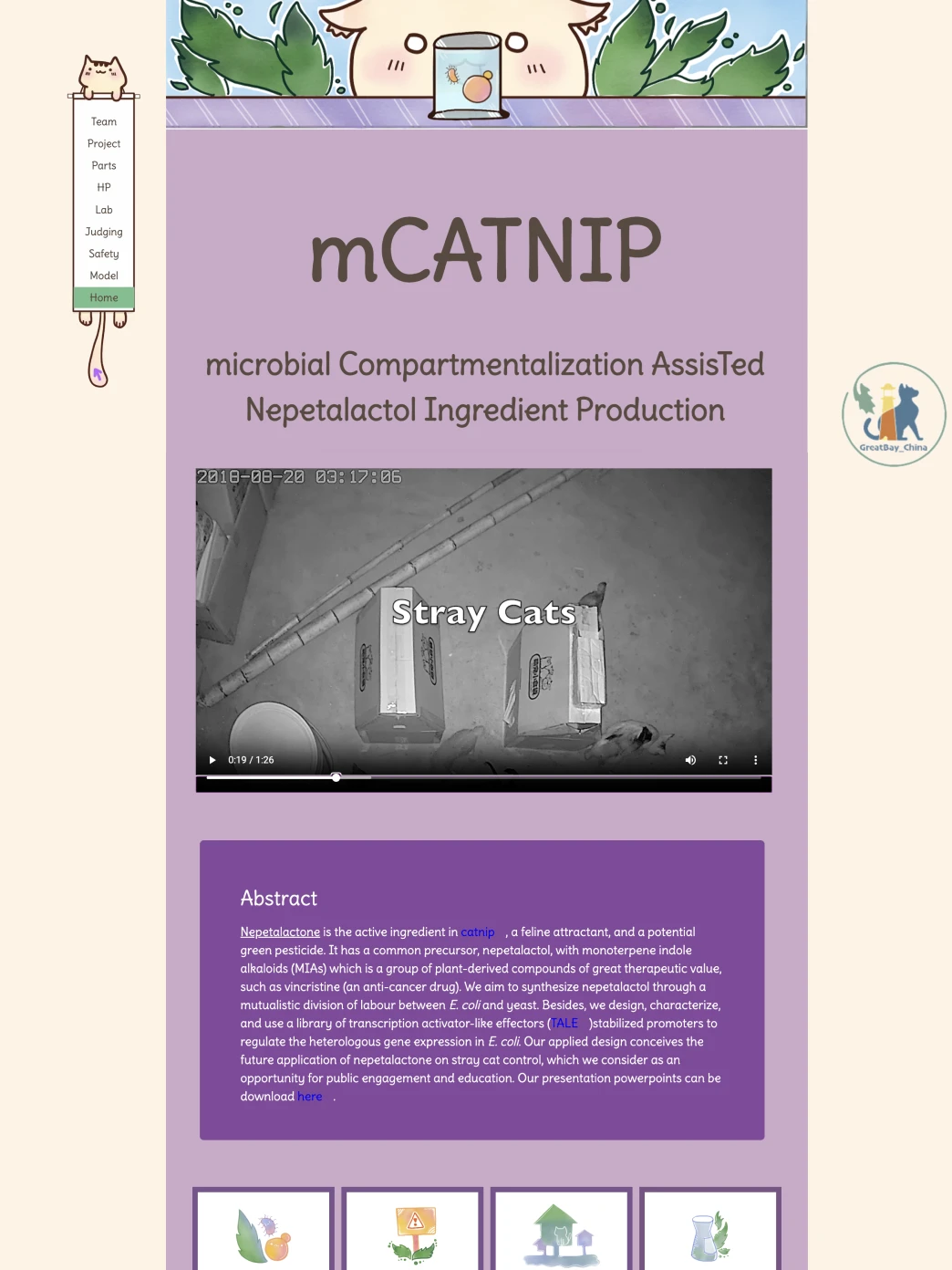iGEM Lessons
Science • Branding • Communication
May 20
Science can be hard.
Here are some tips to make communicating it easy.
Let me tell you about one of my previous lives.
I used to help student teams with science communication.
Was I a scientist in this past life? No. I’ve always been a designer- I can’t escape this fate. But I had been in their place before. Before working as the Visual Designer at iGEM Headquarters (read more here), I participated as a student in 2011 and 2012. My role was communications and visuals; website, scientific poster, and made the presentation.
iGEM teams work a lot. They spend months on research and planning, days and days in the lab, and countless hours documenting their tests and results. Then in the fall, they have to present their project to an international audience in English. Some teams have the advantage of communicating in their native language, but the vast majority have the extra difficulty of translating their work. Clear communication is crucial to make sure their audience understands their project.
Working at iGEM for almost 8 years, I watched a lot of presentations, posters, and websites—more than 300 international teams join the competition every year. After seeing so many, I started spotting some patterns and tips.
What made a project easy to understand for other scientists and the general public?
In my designer eyes, it was 3 things.

iGEM from above 2018
Can you find me? Clue: I’m wearing red.
Step 1: Simple Sentence
The first question I asked the team was: what is your project about?
The best answers were simple:
We are removing pests from plants.
We are developing an allergy detection kit.
We are modifying bacteria to collect plastics.
Being able to explain your project helps in more ways than you think. It will make you memorable not only to your peers, but it’s also very useful when you are fundraising and need to convince local investors to help you pay for the competition expenses.
Want a good exercise to get to a simple sentence?
Here is my recommendation: try explaining your project to different people.
A scientist friend outside of the project
A friend studying something different
Your parents
Younger siblings
Your grandparents
Would you explain it the same way? Are there points in common in the way you explain it? Write them down.
Try to find the simplest and most efficient way to communicate what you are doing. It’s okay to do a few rounds, try with more friends and more family members.
Distill your message until you have your perfect elevator pitch.

iGEM 2018 Banners
Great way to introduce your project!
Step 2: Easy Visuals
OK, now you have your project in a clear, simple statement, what’s next?
At iGEM, teams have to categorize their research into a ‘village’. In the past, this was called tracks - basically potential applications of synthetic biology: medicine, food, sustainability, etc.
A lot of teams here will use visuals that instantly tie them to their area of work.
Working with plants? You will most likely see lots of leaves and greens.
Space? It’s grays, blacks, and planets.
There are obvious visual cues you can use, you want to make it easy for others to identify you. Let’s say you are working with water bioremediation. What do you think of first? Rivers? Waterfalls? Lakes?
To make sure we have the right words, it’s time for another exercise.
Ask your friends and family: What comes to mind when you think of my project?
Ask for:
Colors
Images
Keywords
Feelings
Find the common patterns. Are any words being repeated?
Those might be the easiest identifiers for your work.
Another good design exercise is to make a little collage by searching for your words and selecting your favorite visuals. Now we’ll use these keywords to choose the color palette. You can use color meanings to make sure you are hitting the right notes.
Find more information here!
You don’t have to choose the default green here. There are different online tools and websites to help you find the right shade for your project. I can recommend Pinterest as a great starting point or Coolors if you feel more adventurous.

iGEM 2018 GreatBay China
What do you think this project is about?
Step 3: Make It Special
Ok, now you have an easy-to-understand project, let’s make it stand out.
Make it easy to spot in a sea of hundreds.
Why did you choose this particular field of study?
How are you connected to this project?
Is there something in your community that ties you to it?
Let other people know - this will give your project a unique flavor.
Maybe there is a specific type of bread made with the wheat you are trying to protect.
Or the water you are trying to clean comes from a historical source used since the Middle Ages.
People love stories.
You can bring this iconic element into the logo or as part of the visuals on the website. It can even help you choose another accent color for your palette. Having that extra meaning is the cherry on top.
Standing out is key. Two teams working on the same problem will have different approaches to it, especially if they are from different areas of the world. Bioremediation work can mean removing different minerals on one side of the world than on the other.
Highlight that. Problems are global, but solutions can be local.

iGEM 2018
It’s also important to have fun!
Although these lessons come from iGEM teams and are meant to help during the competition, they can be applied to any scientific -or even general- project. You want to be easily understood, both through your words and your visuals. And you want to be memorable.
Simplifying your message helps your communication reach more people, more clearly. If you're already doing all the hard work -in the lab, in the office, or in a coffee shop-why shouldn’t you share it?
Need help simplifying your message or want someone to take care of the visuals for your project? Let me know!
I have freelance hours open and would love to work with you.
Sources:
“mCatnitp” iGEM 2018 GreatBay China, https://2018.igem.org/Team:GreatBay_China
Coolors, https://coolors.co/
“Color Meanings – Discover the Power and Symbolism Behind Every Hue” Color Meanings https://www.color-meanings.com/
“Color Symbolism Chart With 40 Color Meanings (Infographic)”, Color Meanings, https://www.color-meanings.com/color-symbolism-chart/
Photo credits:
Courtesy of the iGEM Foundation and Justin Knight
iGEM Flickr, https://www.flickr.com/photos/igemhq/
That’s Enough About Me!
What do you think? What should I focus on next?
Are coming from the iGEM side of the internet? If so, tell me about your project! I wish you the best of luck. I know about all the sleepless nights and the nightmares of the Wikifreeze.
Let me know—shoot me an email! 😊
📩
sifuentesanita@gmail.com